In a moment of modesty that he’s never quite been allowed to forget, Stephen King once declared himself “the literary equivalent of a Big Mac and fries.” This is self-deprecation taken too far. As the author of more than 60 books in a career that has spanned more than half a century, King’s writings have roamed over numerous genres: horror, most famously, but also mystery, suspense, science fiction, fantasy and a surprisingly dour brand of social realism. All are delivered in his trademark muscular prose, dappled with moments of stylistic brilliance.
The real purveyor of literary junk food is surely Dan Brown, whose works of fiction mirror far more accurately the salt-rich, nutrition-free offerings of the hamburger giant than anything King has ever produced. If Mr. Brown runs a McDonald’s, however, it’s a rather odd branch of the franchise: one which doesn’t open all that often, with whole years passing between the drive-thru being available to paying customers.
Brown’s Happy Meal plotting – by far his greatest strength – serves up the same constituent parts over and over
Much has been written elsewhere about Brown’s numerous failings on the level of the individual sentence (often leveled, it must be said, with a hefty side order of envy by less commercial novelists). I don’t intend to add my two cents to the pile-on except to say that, on recent rereading, the prose of his bestsellers remains astonishingly inelegant. It is full of telling not showing (“the boy felt ashamed to disappoint his father”) and weirdly specific details about the ages and professions of his characters shoehorned into sentences which are already groaning with exposition (“the fifty-eight-year-old philanthropist, historian and scientist had taken Langdon under his wing, nearly thirty years ago, in many ways filling the void left by Langdon’s father’s death”).
Yet the sheer numbers associated with Brown render such writerly grumbles if not wholly irrelevant, then at least largely superfluous. Brown’s early novels (Digital Fortress, Angels and Demons and Deception Point, published between 1998 and 2001) did very little to trouble the sales charts but the publication of his fourth, The Da Vinci Code, in 2003, propelled him to stardom. Since then, three sequels have followed (The Lost Symbol, Inferno and Origin) and Brown has gone on to sell more than 200 million copies of his backlist. His work has been translated into 56 languages and his books have inspired three indifferent but profitable films and a largely ignored TV series. The most successful of these was the 2006 movie version of The Da Vinci Code, directed, with his usual leaden touch, by Ron Howard and featuring Akiva Goldsman-created dialogue so dreadful that it defeated even Sir Ian McKellen. It was also the second-highest-grossing movie of that year.
All but two of Brown’s books feature his regular hero: Robert Langdon, a Harvard professor who specializes in the identification and decoding of symbols. As a protagonist, Langdon is barely even a cipher, granted little to no inner life or emotional hinterland. He is a puzzle-solving machine, a creature of pure plot and narrative momentum.
Brown has described Langdon as an aspirational version of himself, one who physically resembles Harrison Ford in tweed. Certainly, when the character first appears in Angels and Demons, you can see how such a casting decision might have worked. The character is said to have “wisps of gray in his thick brown hair, probing blue eyes, an arrestingly deep voice and the strong, carefree smile of a collegiate athlete.” Before we have even reached this description we have already been told that “last month, a stripper from Oklahoma had promised Langdon the best sex of his life if he would fly down and verify the authenticity of a cruciform that had magically appeared on her bed sheets.”
When the movies eventually came to be made, the lead role went to Tom Hanks. Even he could do nothing to offer a spark of life to the character, aside from a slightly folksy, “aw, shucks” quality. “Fellas, you called me!” he says to a line-up of Vatican flunkies in Angels and Demons, sounding uncannily like his cowboy character Woody from Toy Story.
Brown’s Happy Meal plotting – by far his greatest strength and which is at its expert zenith in The Da Vinci Code – generally serves up the same constituent parts over and over: a dead body as the inciting incident, a trail of elaborate (but not too elaborate) clues to be followed, an attractive female assistant who often has a secret of her own. And so on (and on).
Brown has spoken often of his admiration for Joseph Campbell’s theory of the monomyth and the lineaments of the “hero’s journey” are clearly visible in his Langdon books. Readers presumably enjoy the familiarity and the repetition of it all and are happy to overlook the clunking sentences and hokey dialogue. Yet there is more to the pleasure of the novels than this. As so many of them revolve around conspiracies, there exists within their pages a seductive sense that the world isn’t at all as it appears to be.
Via Langdon, Brown persuades us that if we simply saw the world another way – through the lens of conspiracy theory – everything would suddenly make sense, snapping into place like a Magic Eye painting. There’s something inherently reassuring in such a notion: that there is to our lives an underlying and competent pattern, instead of mere randomness and chaos.
Still, the world has altered substantially since Brown’s most recent novel Origin was published in 2017. His next book – the parodically titled The Secret of Secrets – has recently been published. The reviews, as ever with Brown, acknowledge both the page-turning readability of the narrative and its absurdities and implausibility. The Washington Post’s judgment that it is “600 hilariously hectic pages of murder, mayhem and New Age murmuring” is typical, but nobody who is buying into Brown’s world is reading his books to mistake them for literary fiction. The hype machine is already moving into top gear, the movie rights have been bought by Netflix and the book has been another bestseller.
One cannot help but wonder, however, whether the reading public will continue to show the same enthusiasm for Brown given all that has changed since 2017. The failure of a television version of The Lost Symbol in 2021, made as a retroactive prequel to the films, and starring a younger, cheaper actor – Ashley Zukerman – over the increasingly jowly Hanks might be seen as an unhelpful omen in this regard. Or perhaps its cancellation was just down to the presence of the femme-presenting fantasist Eddie Izzard in the cast.
Yet there are bigger reasons – cultural and political – to explain why The Secret of Secrets might soon meet with greater controversy. For one thing, we’ve recently seen a real-life conspiracy theory play out to very different effect than in Brown’s fictional universe. When the Covid outbreak hit in 2020, we were told repeatedly that it emanated from a tainted fish market in Wuhan and not from the nearby laboratory devoted to the study of infectious diseases, only for those skeptical of the official explanation to have been, most likely, right all along. The vacillations of the governing class over what it was right and proper to believe lent daily life during the pandemic the woozy sheen of bad propaganda.
We also have (once again) a President who is open to conspiracy theory in the White House, happy to release the JFK files and to chat on long-form podcasts about the existence or otherwise of UFOs. (Brown, meanwhile, declared himself to be “pretty horrified” by the first Trump administration, although details which emerged from the author’s mortifying divorce of 2019 – involving multiple affairs and the overly generous present of a stallion to a lissom horse trainer – might suggest that he and the President have more in common than Brown would care to admit.)
At the same time, we have also witnessed the strange (and strangely convenient) death of Jeffrey Epstein and the claims and counterclaims as to his exact status (intelligence asset, blackmailer or simply notorious pedophile). Less plausible conspiracy theories than these proliferate online, far beyond Brown’s polite puzzles – theories to do with clones in public life; with the gender of France’s First Lady; with alleged false flag operations on American soil. When pushback occurs on the most egregious of them – as happened with Alex Jones and his baseless claims concerning the Sandy Hook shootings, which he was forced to correct in court in 2023 – the online responses become only madder than before. And with the rise of AI, we now have to live with the profoundly discomfiting sense that we have one foot in a hallucinatory reality in which it is increasingly hard to tell what is true and what is a kind of a dream of a machine.
Perhaps, in the light of all of this, The Secret of Secrets seem merely quaint, a time capsule from an era of greater certainty. Or perhaps – in the book’s clodhopping paragraphs and predictable construction – there is something rather soothing, like a welcome descent into a warm bath when the door is firmly locked and bolted against a storm raging outside.
Might it even turn out to be more than this? Might Brown once again pull off a trick he hasn’t managed in eight years and present us with a theory which explains all the wildness of contemporary life at a stroke? One thing’s for certain: that self-appointed task of his is getting harder and harder by the day.
This article was originally published in The Spectator’s October 13, 2025 World edition.



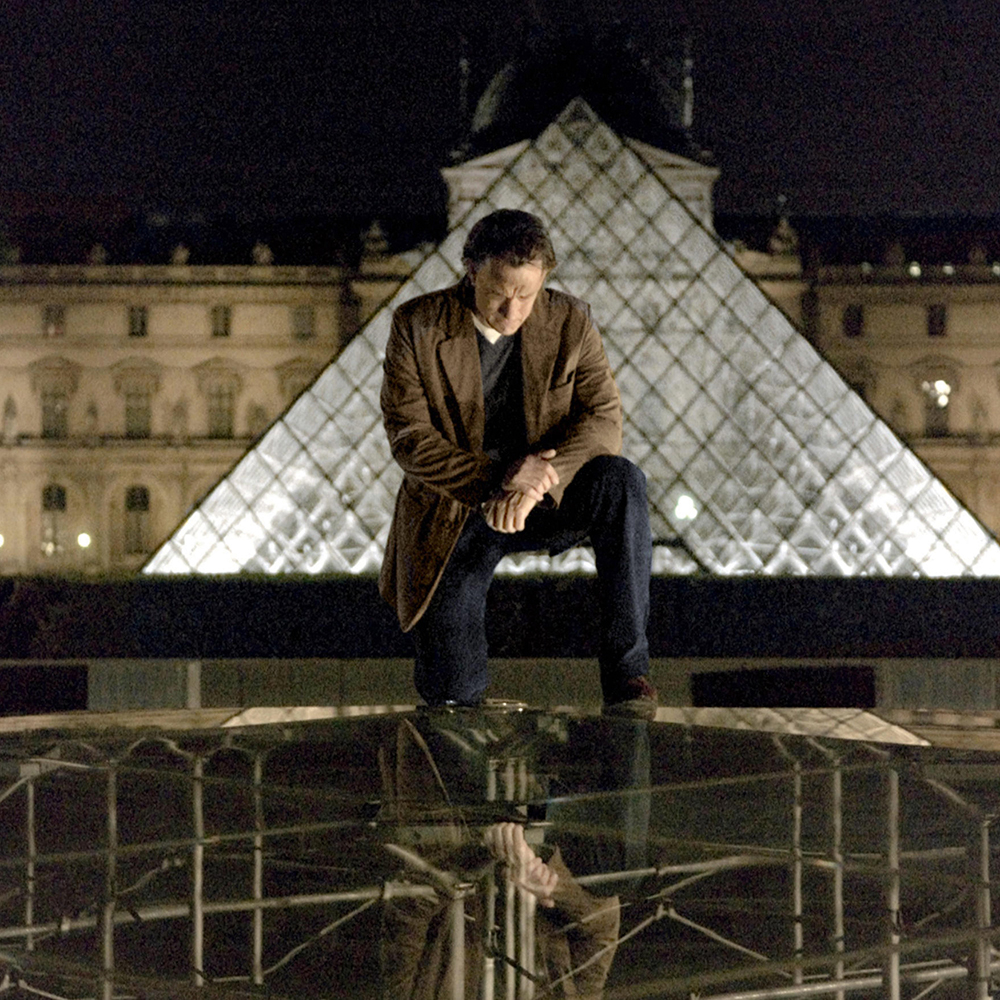






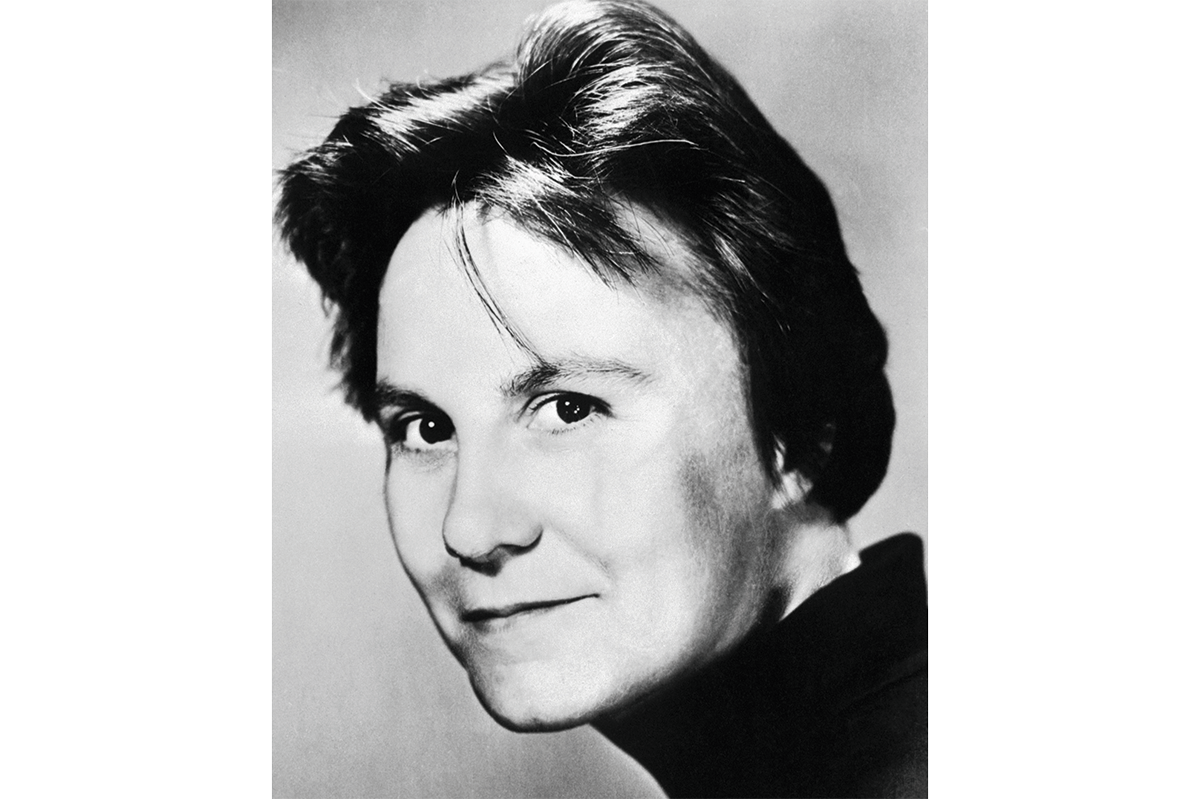
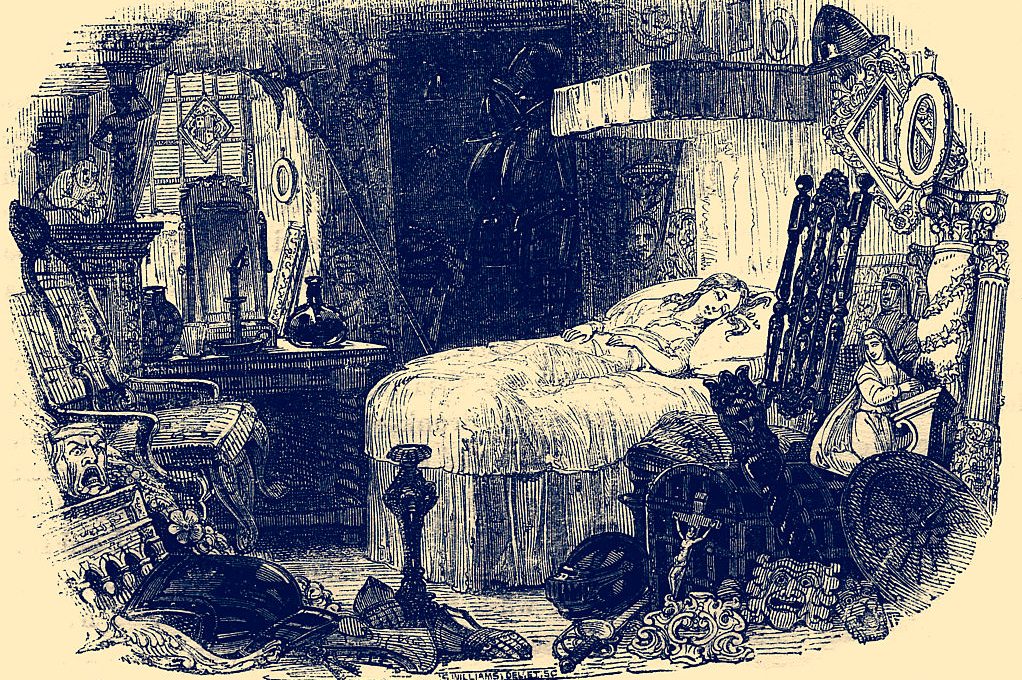


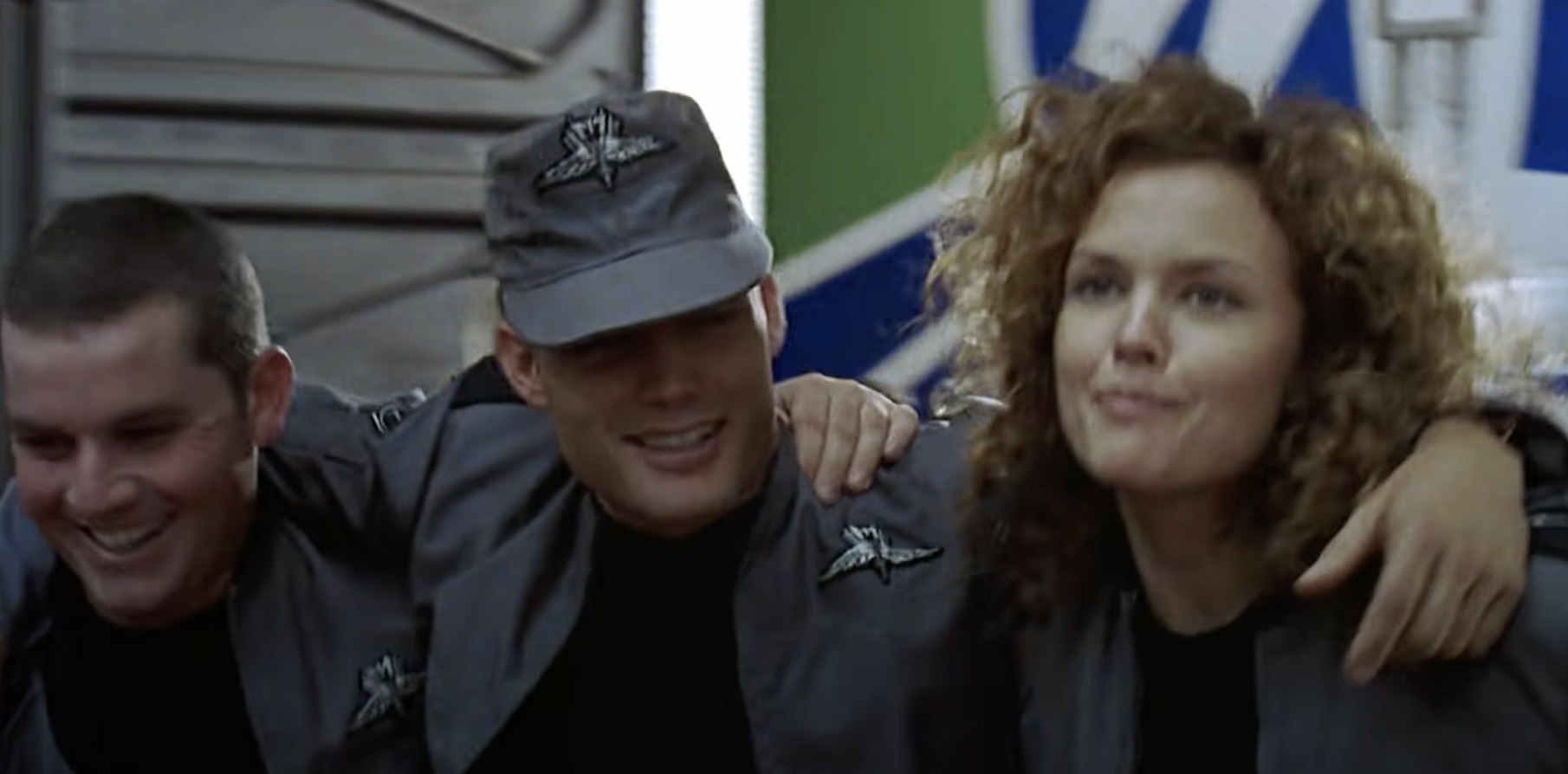


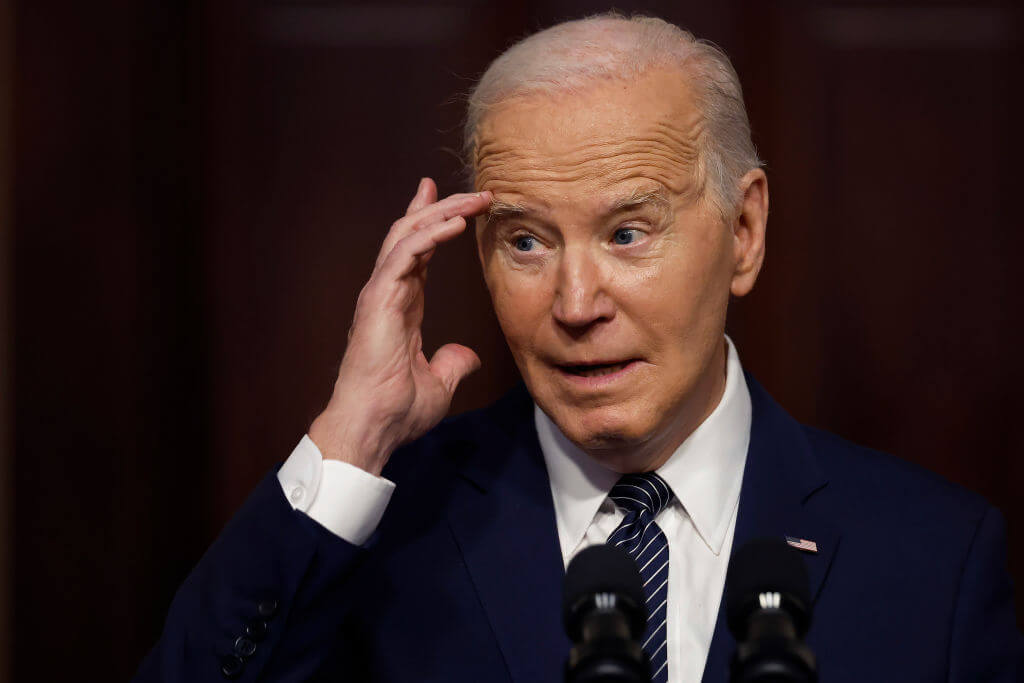



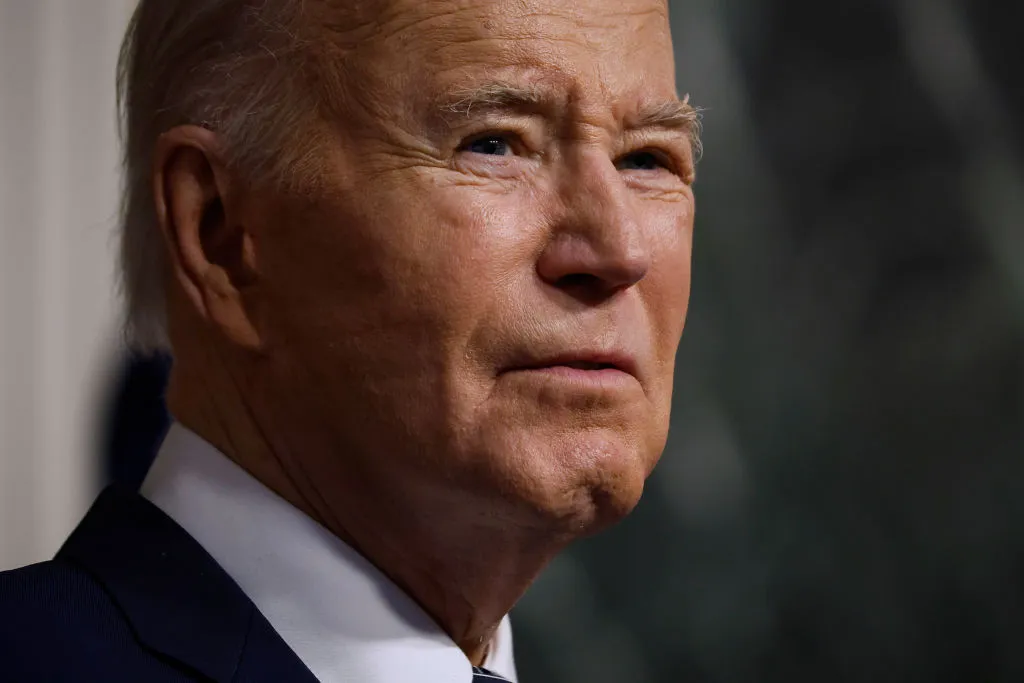

Leave a Reply